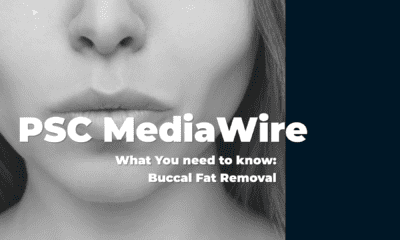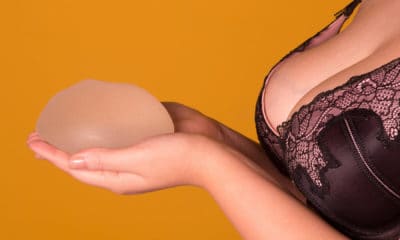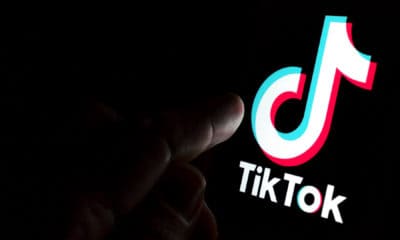Growing up, don’t you remember having your grand parents or your parents’ friends come over to the house and grab your cheeks at your dimples and say how cute you are? It was right at that point I wished I didn’t have any dimples!
The dictionary defines a dimple as, “a small depression in the flesh, either one that exists permanently or one that forms in the cheeks when one smiles.” Dimples are generally considered an attractive quality to have, especially for women. They’re associated with a particular type of female beauty epitomized by people like Jennifer Garner, Ariana Grande and Miranda Kerr: a sweet appeal with an air of innocence. Maybe this is because we tend to associate dimples with cuteness and babies — something that may date back to child star Shirley Temple and her infamous cheek indentations. Shirley even starred as a character called “Dimples” in 1936!
If you’re jealous of these adorable indents, you might be wondering why some people have dimples and some don’t — and the science behind it all is surprising.
The Science of Dimples (a lot depended on your ancestors)
First of all, there’s actually two kinds of facial dimple:
- chin dimples (origins are pretty straightforward)
- cheek dimples. Both are the result of very different causes.
- Either one usually has genetic basis
Chin dimples are caused by an underlying cleft in the bone of the chin, the reason for which is still under debate. The current popular theory among scientists is that cleft chins are actually a result of a hiccup in fetal development, where the left and right sides of the chin haven’t fused together properly in the womb.
On the other hand, cheek dimples are a little more complicated. If you’ve been lusting over dimples, wondering why you don’t have a pair of your own, it’s time to place the blame on your ancestors.
It’s generally agreed that dimples are genetic — but there’s an argument about the details of that idea. For a long time, dimples were considered a “dominant” genetic trait, meaning if both your parents had them, you’d always develop some dimples of your own. But some scientists and doctors are now arguing that dimples are actually irregular dominant traits — which means having two parents with dimples doesn’t appear to guarantee you’ll have them 100 percent of the time. Confusing? Probably.
Now let’s Talk about Building Dimples
Those who believe in the surgery call it dimpleplasty. It’s a minimally-invasive surgery used to create either types of dimples – on the cheeks or chin. A plastic surgeon passes a suture through the inside of the cheek (or, in the case of chin dimples, through the inside of the bottom lip), catching the under surface of the skin. When the suture is tied, it creates a natural-looking dimple in the overlying skin. The surgery typically takes 30 minutes, can be performed under local anesthesia, and should not leave a scar on the outside of the face.
Shaun Parson, MD, a board certified plastic surgeon out of Scottsdale, says while he realizes more people may be asking for their own new dimples, it’s still pretty rare.
“Dimpleplasty is where we’re trying to artificially take out fat or we’re trying to suck in the cheeks,” shares Parson. “Up until recently, I’d say I had only had a couple of patients in 20 years ask for such an operation. But I understand it’s getting more attention.”
Not Everyone is a Fan or a Believer in Dimple Building
It comes down to how successful surgeons can be in ‘installing’ a beauty trait that didn’t exist naturally. Robert Whitfield, MD, an Austin-based board certified plastic surgeon, is not a fan.
“You could remove dimples but I think it removes the character from someone who has it but you could cut one of the tendrils and use a little filler underneath there,” Dr. Whitfield observes. “Creating a dimple is a little more difficult. Trying to create a permanent indentation in the skin and I know that a lot of men like a dimple in the chin. You could try to do it with some suturing techniques but it’s a little more tough.”
In the end, it’s probably unlikely you’ll have dimples if you don’t already have them. For those who would like theirs removed, there could be some options but they may not be exactly what you want. If it’s interesting enough for a would-be patient, consulting with a board certified plastic surgeon who spends a lot of time on facial procedures is the best bet.


















Facebook
Twitter
Instagram
YouTube
RSS